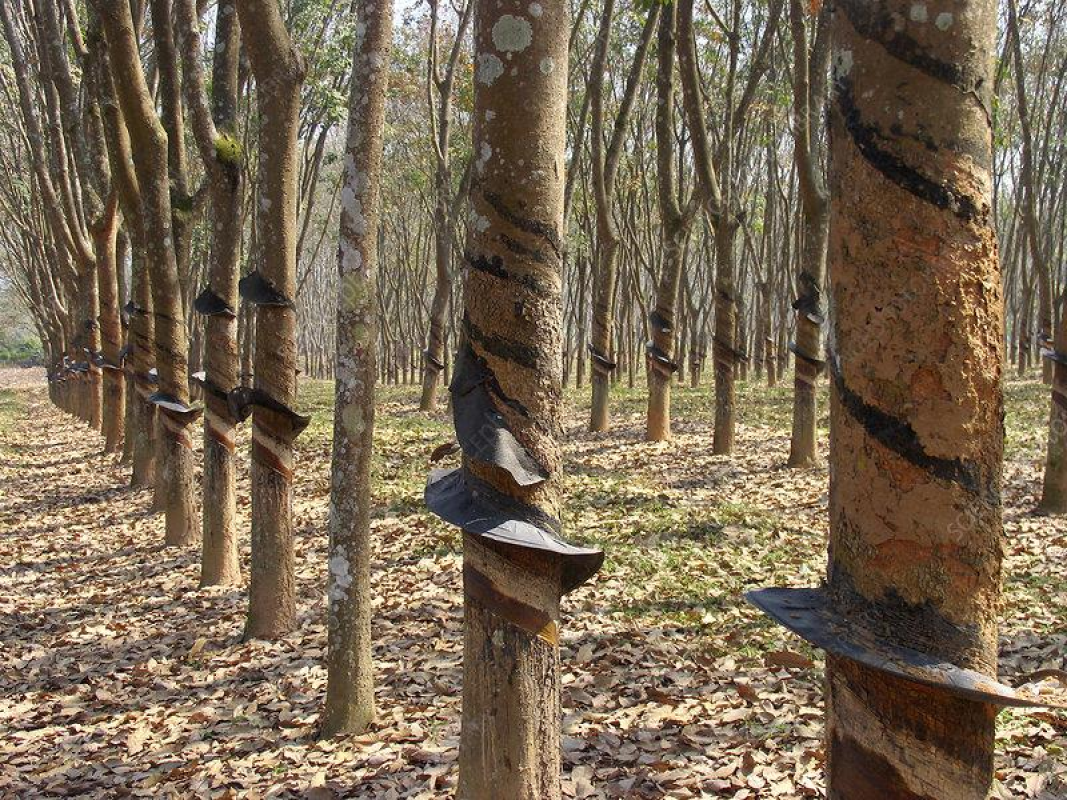Presence of many toll gates along route drives difficulties in rubber exports

711

Eain/Yoon (NP News) - Feb 4
According to the information reported by the rubber exporters in the region, increased numbers of severe tolls, there are struggles to double the rubber export this year, 2025.
It is reported that the transportation of rubber raw materials along the Asian Highway from Mon State to Yangon has passed through at least 31 gates, and tolls have increased more than before.
"There is an X-ray checkpoint on the way from Mon State to Yangon. It takes about two days. Some cars did not need to wait. There are a lot of tolls on the way. Factories in Mon State process raw materials into finished products. When the raw materials are shipped, they come to Yangon Port. Before they arrive at Yangon Port, they are first unloaded in warehouses. Then we have to arrange for export licenses and ship them," a rubber exporter told The NP News.
The toll collection has become even worse this year (2025), with tolls increasing at least three times compared to the previous years.
"There are also a lot of gates. In the previous year, we only charged 1,000 kyats or 2,000 kyats, but now we charge 5,000 kyats or 6,000 kyats. Then, when we transport raw materials, a lot of rubber comes from the countryside. When we bring them from the countryside to be crushed at the factory, people used to charge 2,000 kyats, but now it's 5,000 or 10,000 kyats. The unnecessary gate fees are at least three times higher than before," he continued.
Due to these unnecessary costs and long travel time, vehicles that used to be able to travel three times a week are now only able to travel once a week and are now facing the problem of not being able to fill their target.
Currently, the government is trying to double exports, however, it is reportedly difficult to increase rubber exports due to unnecessary expenses and long lead times.
"The current government policy is to double exports, but it is very difficult to keep up with it. The main thing is that prices and road fees have increased, therefore, it is no longer profitable. Rubber is a capital-intensive and low-profit industry. Monetary policy is also not profitable. We have to work hard to avoid losses. So, when things like this happen, the losses increase. The gate fees are very high for factories and exporters. We have to make a profit of 30,000 to 40,000 kyats for exporting a ton of rubber. If the gate fees increase to 80,000 kyats, it will be negative. If things like this happen, no one will do it anymore," said the above-mentioned exporter.
Furthermore, there are also assessments that the rubber sector, which generates export revenue, is likely to face a major problem in the next five years due to lower prices for rubber farmers, high prices and difficult-to-purchase fertilizers, and a shortage of rubber tapper workers.